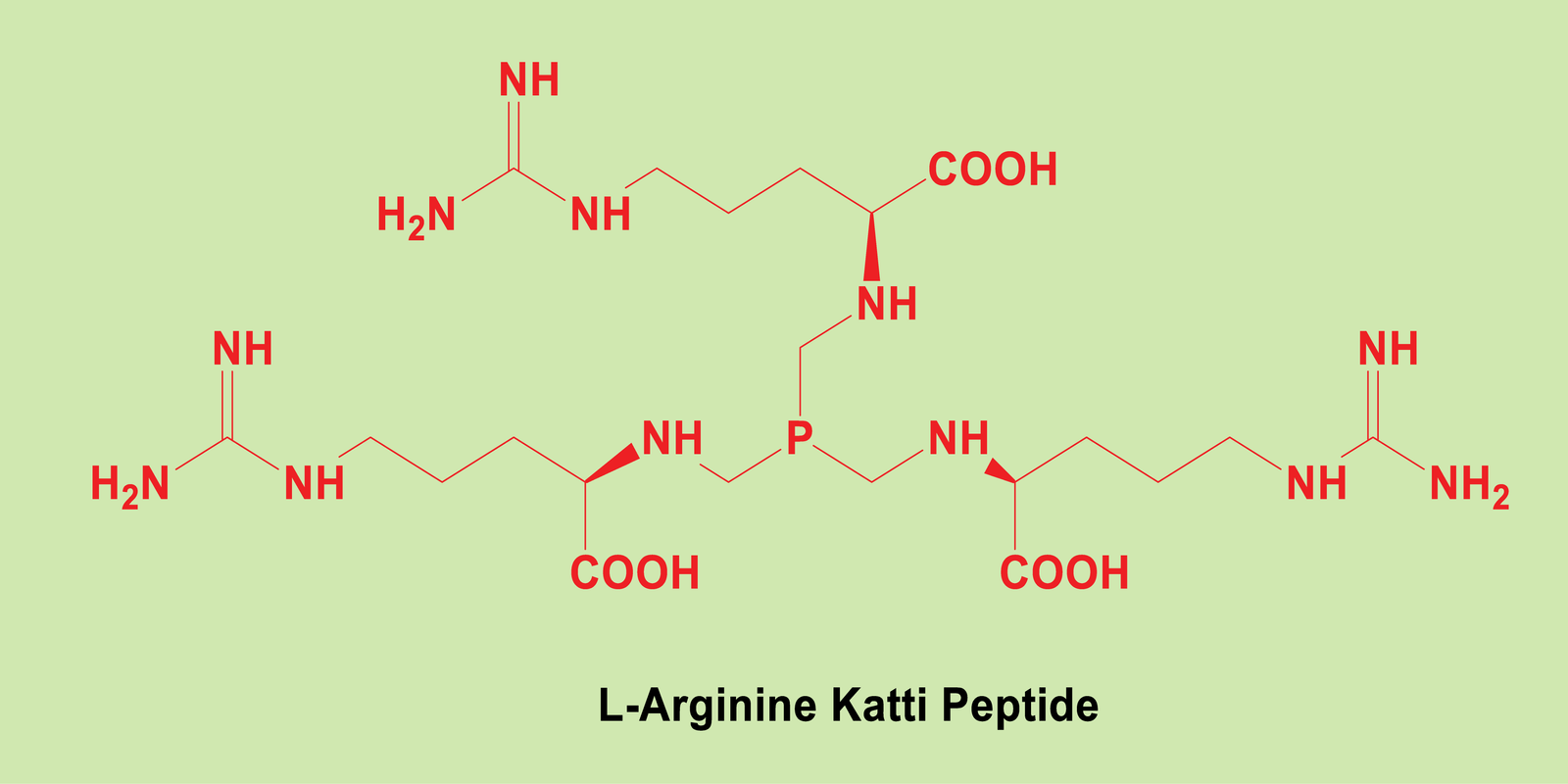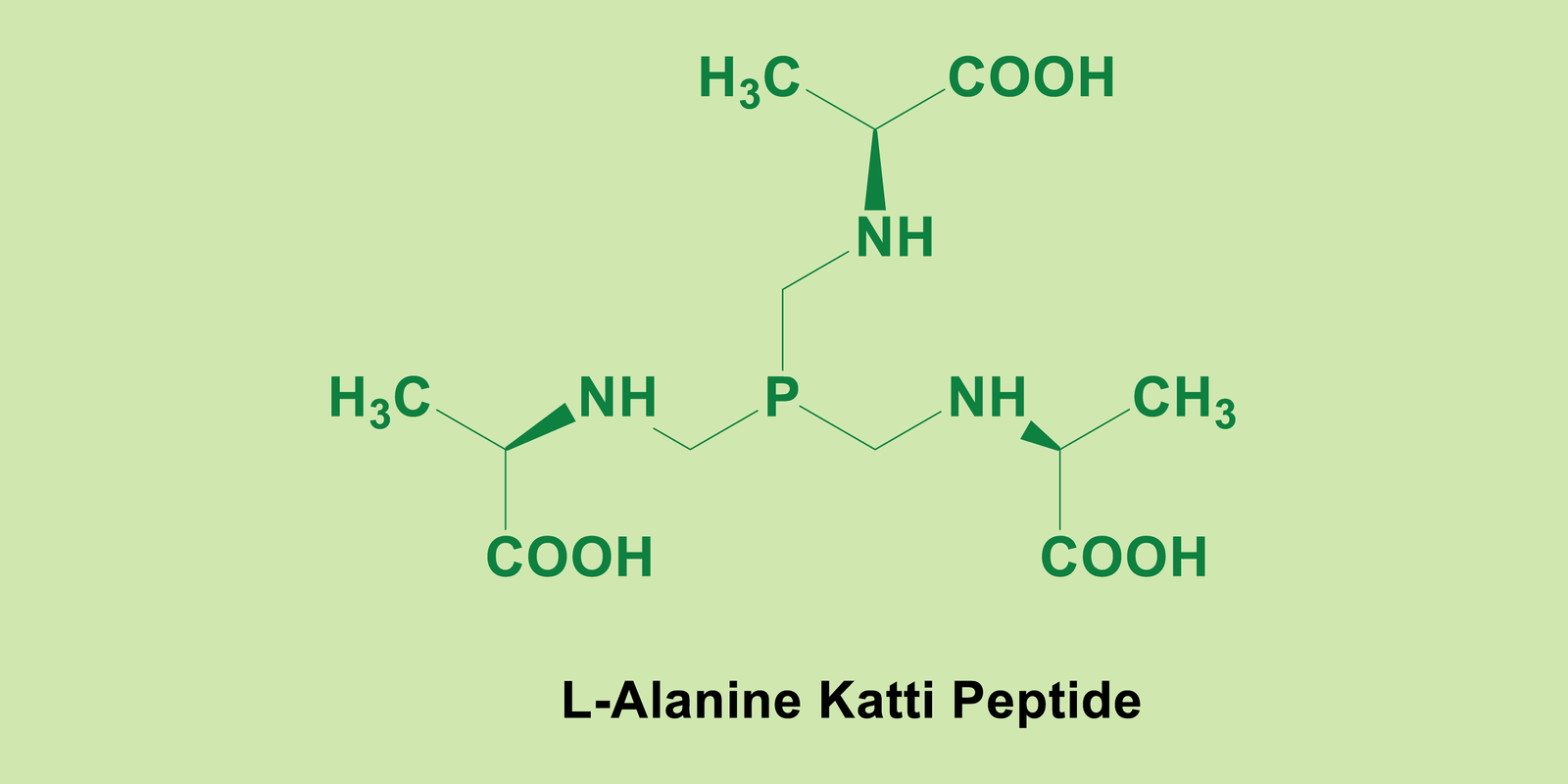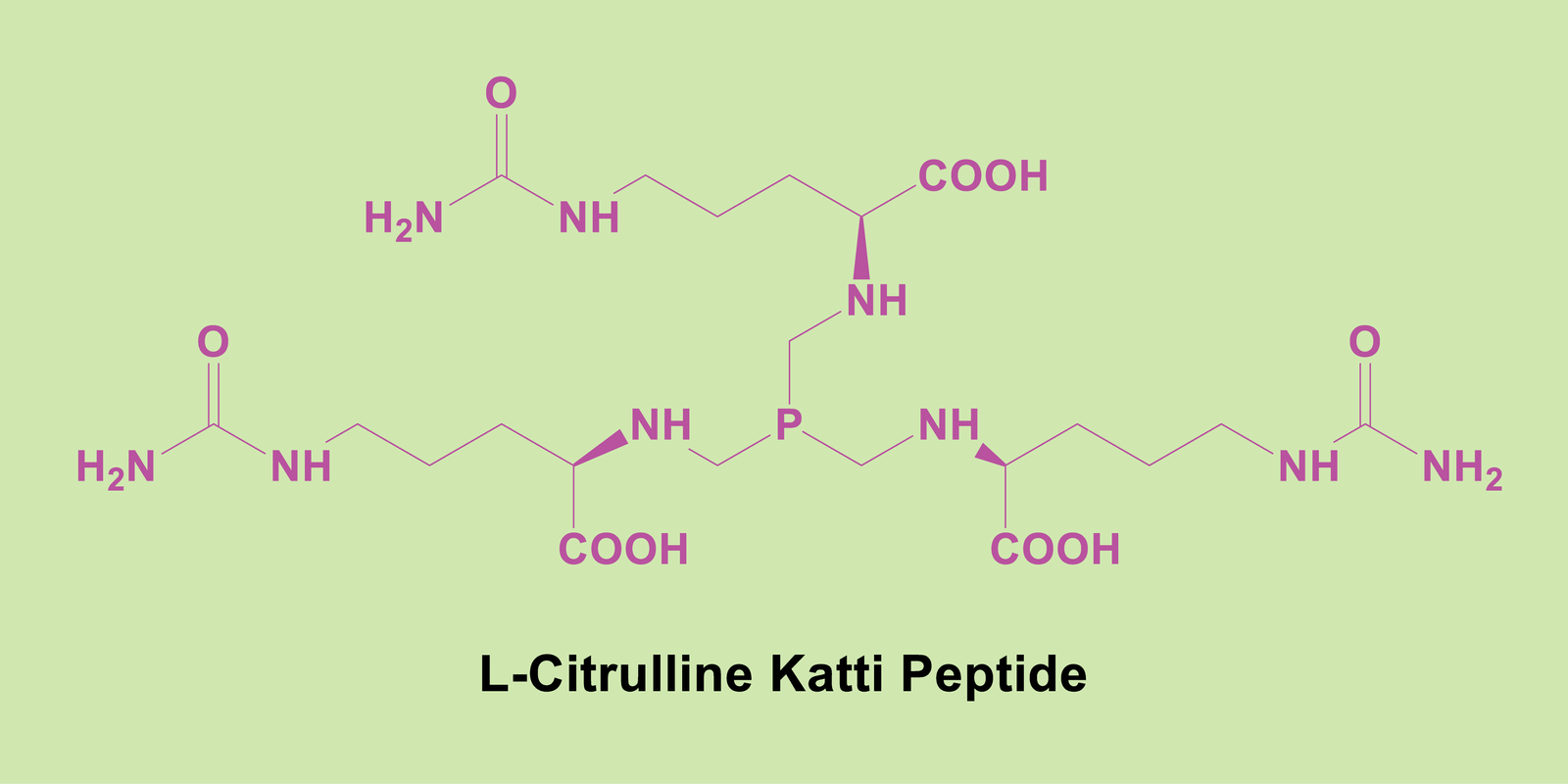Katti Peptides
Special Phytochemicals
These compounds are essential for natural remedies, dietary supplements, and Pharmaceuticals.
Kadamba's phytochemicals, offer a wide array of health benefits.
These phytochemicals highlight the potential of plant-derived compounds in improving well-being and addressing various health issues.
Kadmaba produces active ingredients of various plant materials, sourced from very unique and rare plant species encapsulated with nano particles.
Advanced Green Molecules
Cadambine
- Neolamarckia cadamba plant is an evergreen tropical tree. It is widely distributed in tropical and subtropical regions of the world. It is one of the economically important trees and has therapeutic potential against many diseases such as fever, uterine complaints, blood diseases, skin diseases, tumour, anaemia, eye inflammation, diarrhoea diabetes, stomatitis, leprosy, antihepatotoxic, antimalarial, analgesic, anti-inflammatory, antipyretic, diuretic and laxative, cancer and infectious diseases.

Caffeic Acid

Shikimic acid
- Shikimic acid was first isolated in Japan, 1885, from Illicium religio sum and was named after the Japanese name for this plant, shikimi-no-ki.
- Shikimic acid a natural organic compound, is generally utilized as a starting material for industrial synthesis of the antiviral oseltamivir, a drug against the H1N1 influenza virus and Tamiflu. It is employed as an analgesic, antipyretic, and anti-inflammatory applications. Its influence on the biosynthesis of vitamins A and K has also been proven
- Shikimic acid shows the relaxation of the connections of epidermal cells (corneocytes), which results in exfoliation of the epidermis and encourages tissue regeneration. Repetitive treatments allow for effective inhibition of problems related to pigmentation changes, as well as smooth the epidermis and have anti-acne properties.

Katti Peptide
Katti peptides, named by the National Academy of Inventors USA, recognizing the discoverer Professor Kattesh V. Katti (from the University of Missouri, USA), who is a pioneer in the field of nanomedicine and green nanotechnology, refer to a class of peptides comprising of trimeric amino acids. These trimeric amino acids are unique because they mimic three dimensional morphology—similar to various cellular and protein structures in living organisms (Figure 3). Such three-dimensional sequences and structures are aimed to achieve targeted therapeutic effects and improved delivery mechanisms in a myriad of biomedical and nanoceutical applications.
Katti peptides comprise of synthetic and naturally derived amino acids engineered in three-dimensional frameworks to enhance the delivery and efficacy of therapeutic agents, particularly in the context of amino acid-based nutraceuticals, therapeutic agents and nanomedicine agents. Katti peptides leverage the principles of green nanotechnology to minimize environmental impact and enhance biocompatibility.
Katti peptides represent a promising class of three-dimensional amino acids serving as important building blocks in synthetic and structural peptide and protein science. The interplay and various combinations of amino acid sequences offer new opportunities in drug design and nutritional science for targeted delivery and enhanced therapeutic efficacy. Their ability to serve as reservoirs of essential amino acids make them valuable tools in the advancement of personalized medicine for sustainable healthcare solutions. The potential applications of Katti peptides are expected to expand the horizons of medicine and nutritional science thus providing innovative and unprecedented solutions to complex medical challenges.
Katti Peptide




Design and Synthesis
Target Specificity:Katti peptides are designed with sequences that target specific receptors or tissues, ensuring precise delivery of therapeutic agents.
Stability: Incorporation of non-natural amino acids or modifications to enhance stability and resistance to proteolytic degradation.
Functionality: Specific sequences are chosen to impart desired functional properties, such as cell penetration, drug binding, or immune modulation.
Functional Properties
Targeted Delivery:Designed to bind specific receptors or tissues, enhancing the specificity and efficacy of therapeutic delivery.
Cell Penetration: Katti peptides are engineered as cell-penetrating peptides (CPPs) to facilitate the delivery of drugs or genetic material into cells.
Therapeutic Activity: Peptides may have inherent biological activity, such as antimicrobial, anti-inflammatory, or anticancer effects.
Applications in Nanomedicine

Drug Delivery
Crossing Biological Barriers: Enhanced ability to cross biological barriers such as the blood-brain barrier, improving the delivery of therapeutics to hard-to-reach tissues.
Nanocarriers: Katti peptides can be conjugated to nanoparticles to improve the delivery of drugs, ensuring targeted and sustained release.

Therapeutics
Antimicrobial Peptides: Designed to combat bacterial infections by disrupting bacterial membranes.
Anticancer Peptides: Target specific cancer cell markers to deliver cytotoxic agents or modulate the immune response against tumours.

Diagnostic Imaging
Imaging Agents: Peptides can be labelled with imaging agents for use in diagnostic imaging techniques like MRI, PET, or fluorescence imaging.
Advantages
Biocompatibility
Designed to be highly biocompatible, reducing the risk of adverse reactions.
Environmental Friendliness
Synthesized using green chemistry principles, minimizing environmental impact.
Targeted Action
High specificity for target tissues or receptors enhances therapeutic efficacy and reduces off-target effects.
Versatility
Can be tailored for a wide range of applications, from drug delivery to diagnostic imaging.
